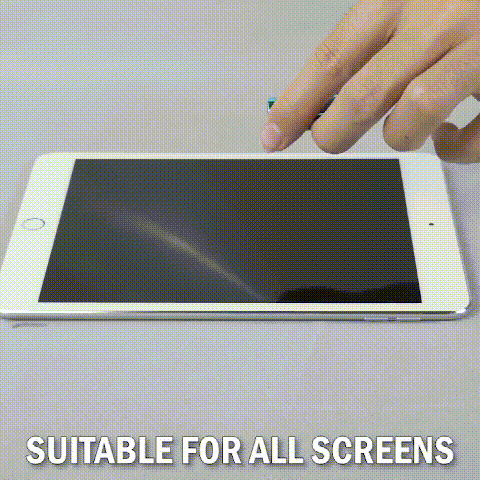
The best choice for overall protection.Very thick protectors may interfere with touchscreen functionality and tight-fitting cases.

With that in mind, we’ve split up our coverage into two main categories: materials and use cases. However, some materials do lend themselves to better use cases. For example, you could say that both tempered glass and polyethylene terephthalate (PET) provide scratch resistance. Often, multiple types of materials can provide a similar use case. Some sellers highlight the material used to make the screen protector, while others play up the screen protector’s specific use case (e.g. Screen protectors are marketed and sold in a somewhat confusing manner. Evaluating various types of screen protectors
#Liquid screen protector disadvantages android
Whether you’re buying a screen protector for a laptop, an iPad, an iPhone 14 Pro, or any of the hundreds of Android phones on the market, the materials and general composition of the screen protector won’t really change. Note: The details provided here will be relevant for all screen protectors, whether you’re buying them on Amazon or at your local store.ĭevices won’t matter, either. We’ll also challenge common misinformation regarding screen protectors and talk about additional things you should consider (and ignore) when making your purchase. This article takes an in-depth look at every type of screen protector and the features they offer.

On top of that, the marketing and sales pitches that most companies use can be confusing and inauthentic, so it’s hard to know if the screen protector you got will actually work in the way that you expect. It’s hard to know what type of screen protector to buy, which features and materials actually matter, and what you might want to ignore. Shopping for the best screen protector can be an overwhelming experience.


 0 kommentar(er)
0 kommentar(er)
